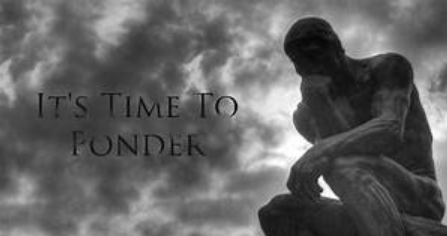How To Be Strong Without Being The “Bad Guy”
Being strong without coming off as a rude or hurtful can be a difficult tightrope to walk for anyone in a position of authority. It can be equally tough when one is not in a position of authority, but must establish a strong stance to make a point.

How one approaches the situation, the way in which one presents his or her stance, and in what fashion a person carries one’s self makes all the difference. Remembering that strength can be an emboldening position, rather than a destructive one can help ease the situation into a positive experience rather than a negative one.
It will rarely be an easy task, but being strong without turning into “The Bad Guy” can be achieved through simple processed steps.
Stand Behind Your Position, Not Against Others
What is the number one attribute of a “Bad Guy”? Whether it is always immediately ascertained, a “bad guy” often enters a situation as if he or she already has a finger of blame to point, and a power to control others involved in the situation. Many times, one will mistake intimidation or righteous indignations for confidence and strength. While these positions and strength are not mutually exclusive; they also are often at ends to the person receiving the information or orders.
When you enter into a situation wherein you need to establish strength of position, it is best to do so in a positive manner. This means coming in with the excitement and passivity driven by the position. Think of the situation as being empowered by a strong idea and stance, rather than the position of distain for the opposition or opposing stance.

Taking a stand does not mean having to demolish the other idea, or explain to someone why he/she is wrong. Instead, having a position of strength means having confidence in the alternate position you hold. By treating your position as positive and confident, you remove the sensation of the other person as being attacked. You instead create a natural appeal for your position. Entering a position in this manner not only helps you establish your points, but also allows the other person to be more open to it, rather than immediately defensive.
Avoid Condescending Or Dismissive Attitudes
Someone who is perceived as “the bad guy” will often carry the attitude of condescension. This creates an immediate barrier and puts others on the defense. It becomes much harder to talk clearly about why your stance is positive and strong when everyone on an opposing/differing view is entrenched in his or her stance.
Remember that there are times when two opposing considerations or strategies can each be correct. That means that you are should not be attempting to put down or thwart other stances. Instead, you are attempting to stand strong on your own position.
A “Bad Guy” will attempt to break others’ positions rather than build his/her own. By being respectful and courteous to other opinions, you allow others to feel as if there is a positive dialogue. By avoiding condescending and dismissive behavior, you make sure that others feel their opinion or stance is being validated. This type of action actually allows your opinion to be better heard, and your position to be respected as well. A “Bad Guy” wants nothing more than to be right, and proven so. If you already have a strong stance/opinion/strategy, then you do not have to force others bow to it. You simply take your stand, you point out its positives, and you attempt to show how it is the right stance for you.
Do not be Afraid to “Lose”
The “Bad Guy” is afraid to lose. That is because the “Bad Guy” is only set on being right, and strength is not always being 100% correct all of the time. If you a strong position, there are attributes of your position that can be altered to fit other strategies without compromising the stance. Arbitrators consistently must find ways to show two opposing sides that entrenched stances can concede particular points while still maintaining their integrity.

A “Bad Guy” is often unwilling to concede anything, as he/she looks for total victory, regardless of the validity of the stance. Being strong means knowing when and where to concede in order to further proper conversation. This plays back into the preceding points already mentioned. Be positive about your own stance, as well as opposing stances and standing firm to your core position in a positive manner give your argument/stance strength.
The major difference between being strong and being the “Bad Guy” is the attitude brought into the situation, as well as the willingness to be participative rather than destructive. By keeping one’s focus on being a positive force and a thoughtful presence, one removes the possibility of being perceived as “The Bad Guy”.
Read:
- 4 steps to building my life a strong and healthy self esteem – archely
- If you want to give up on life, Revaluate Yourself Alongside These 3 Strong-Willed Men – archely
- How Being Fired Got Me Fired Up, Bouncing Back After Getting Fired – archely
- How To Avoid Being Hemmed In By The ‘How’ Of Life By Embracing Your ‘Why’ Begins figuring out your strengths – archely
- How To Build Your Life On A Foundation Of Integrity – archely


